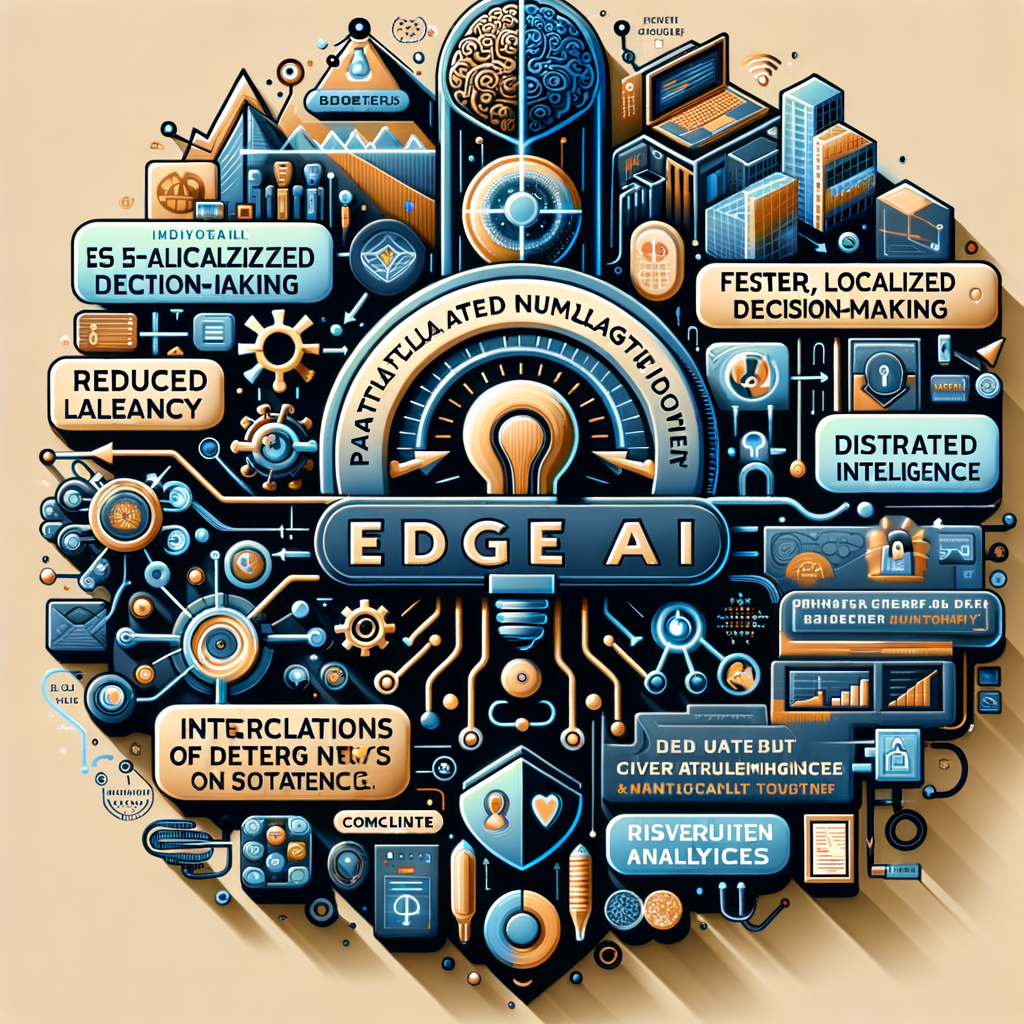Paul’s Perspective:
Understanding the implications of Edge AI is crucial for businesses looking to stay competitive. By leveraging localized computation, companies can gain operation efficiencies, enhance customer service, and address privacy and latency challenges more effectively.
Key Points in Article:
- Edge AI brings processing closer to data sources, enhancing real-time analytics.
- Localized decision-making via Edge AI mitigates central network dependency and bandwidth usage.
- Businesses benefit from reduced operating costs and improved customer experiences.
- Privacy concerns are alleviated as sensitive data can be processed on-site rather than in the cloud.
Strategic Actions:
- Examine the potential of Edge AI for your industry and business model.
- Identify use cases where localized intelligence can solve existing challenges.
- Assess your infrastructure’s readiness for Edge AI integration.
Dive deeper > Full Story:
The Bottom Line:
- Advancements in Edge AI are setting the stage for distributed intelligence across various industries.
- This shift is enabling smarter, localized decision-making, reducing latency and data privacy issues.
Ready to Explore More?
Our team specializes in integrating cutting-edge AI solutions into your business strategy. Let’s explore how Edge AI can benefit your operations together.





